Hello, fellow adventurers! It’s Alex here, your guide to all things Bryce Canyon. Today, I’m thrilled to share some Bryce Canyon safety tips that will ensure your visit to this magnificent park is not only awe-inspiring but also secure. Having trekked through Bryce’s vast landscapes countless times, I’ve gathered wisdom that I believe is crucial for every traveler to know.
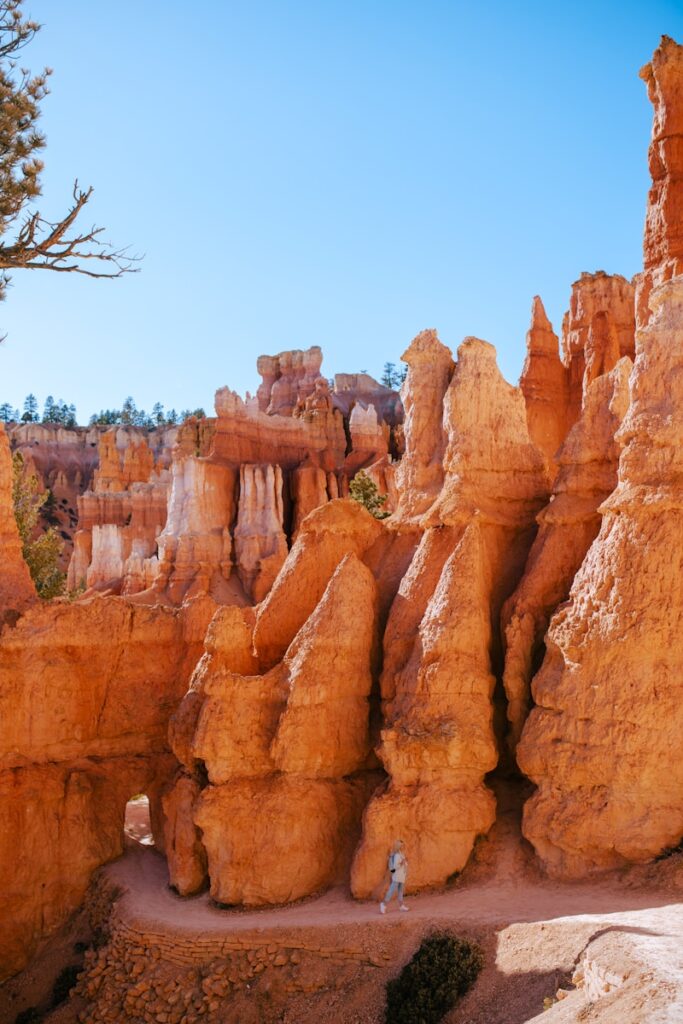
Embracing the Basics: Preparation is Key For Bryce Canyon Safety Tips
Understand the Park’s Geography
Bryce Canyon’s geography is as diverse as it is stunning, with a landscape carved by the forces of nature over millions of years. The park is famous for its hoodoos—tall, thin spires of rock that seem to defy gravity. These formations, along with vast amphitheaters and dense forests, create a unique environment that requires specific navigational considerations.
During one of my initial visits, I ventured into the Fairyland Loop, a trail known for its spectacular views and intricate hoodoo formations. The trail’s undulating terrain, with its sudden ascents and descents, highlighted the importance of understanding the park’s topography. It’s not just about the elevation but also about the type of terrain you’ll be traversing. This experience taught me the value of studying trail profiles and topographic maps before setting out, ensuring I was prepared for the physical demands of the hike.
Additionally, Bryce Canyon’s geography includes a range of ecosystems, from high desert to subalpine forests, each hosting distinct flora and fauna. This diversity means that conditions can vary significantly from one trail to another, affecting everything from what you wear to how much water you carry. Recognizing these geographical nuances allows for a deeper appreciation of the park’s natural beauty and ensures a safer, more enjoyable exploration of its wonders.
Weather Whims
The weather in Bryce Canyon is a study in contrasts, shaped by its high elevation and unique topography. Summers can bring warm days followed by cool nights, while winters are known for their crisp, snow-covered landscapes. This variability is not just day-to-day but can also occur within hours, presenting a unique challenge for visitors.
One summer afternoon, while exploring the rim near Sunset Point, I witnessed firsthand the rapid weather changes Bryce is known for. Clear, sunny skies gave way to gathering clouds, and within minutes, a thunderstorm rolled in, complete with lightning and a brief downpour. This swift change emphasized the need for constant vigilance and preparation when it comes to weather in the park. Always have rain gear at hand, even if the day starts with clear blue skies.
Moreover, the park’s elevation means weather conditions can be more extreme and change more rapidly than at lower altitudes. A hike that starts in the warm sunshine can quickly become a chilly endeavor as clouds cover the sun, or as evening approaches. Layering your clothing allows you to adapt to these changes, ensuring comfort and safety as you enjoy the park’s many wonders. This adaptability is key to a fulfilling experience in Bryce Canyon, allowing you to focus on the beauty around you, secure in the knowledge that you’re prepared for whatever weather comes your way.
Gear Up
The right gear can make the difference between a challenging adventure and an enjoyable exploration of Bryce Canyon’s wonders. Given the park’s varied terrain, from loose sandy trails to rocky paths, having sturdy, well-fitting hiking boots is crucial. These boots provide the necessary ankle support and grip to navigate the park’s trails safely, reducing the risk of slips and falls.
On one of my treks through the Peek-A-Boo Loop, my choice of water-resistant boots proved invaluable. Not only did they keep my feet dry during unexpected stream crossings, but the robust tread also offered stability on the sandy and sometimes slippery slopes. It was a clear lesson in how proper footwear can enhance your hiking experience, allowing you to tackle diverse terrains with confidence.
But gear extends beyond just what you wear on your feet. A lightweight, breathable backpack equipped with hydration options, like a water bladder or easy-access bottle pockets, ensures you stay hydrated without needing to stop and search for your water bottle continually. I’ve found that a pack with a built-in rain cover is a lifesaver, protecting your essentials during those sudden Bryce Canyon showers. Remember, the right gear not only adds to your comfort and safety but also allows you to immerse fully in the natural beauty around you, making every step of your journey through Bryce Canyon a memorable one.


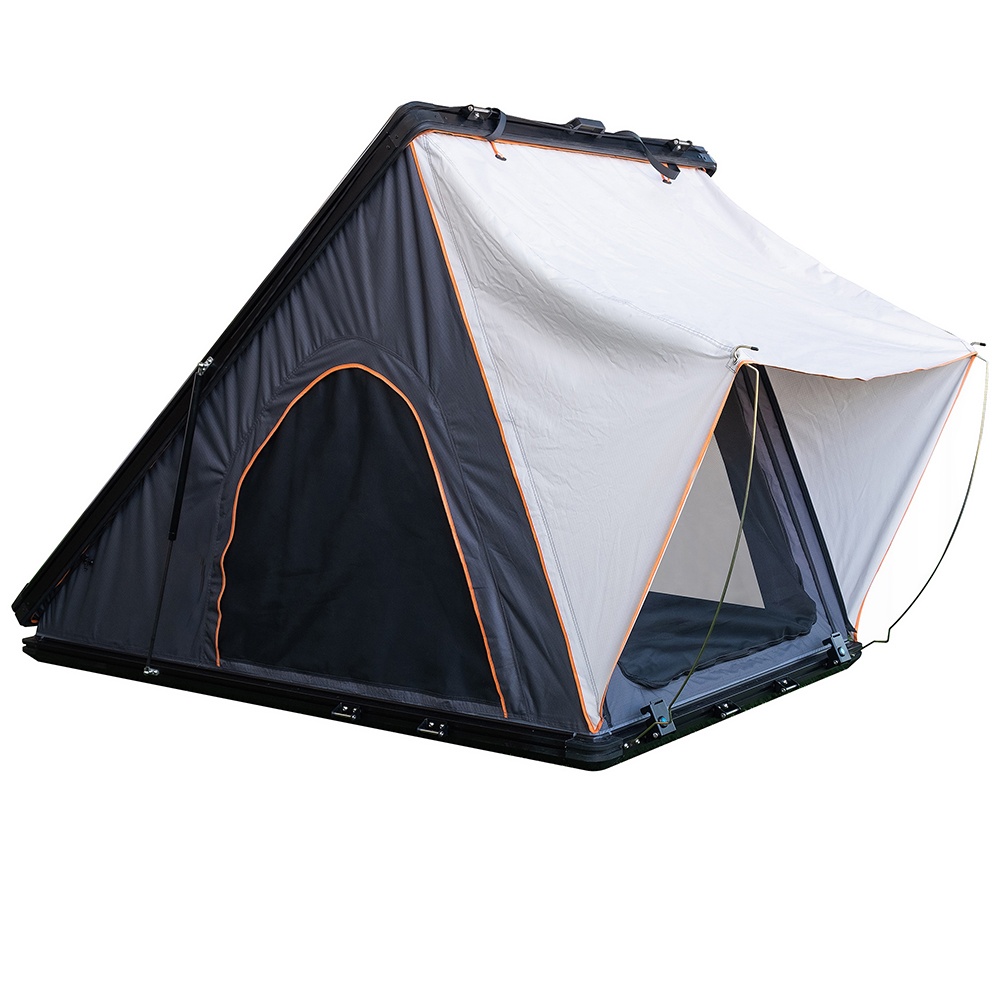
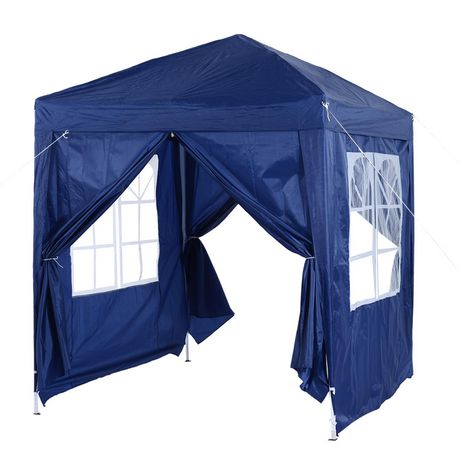
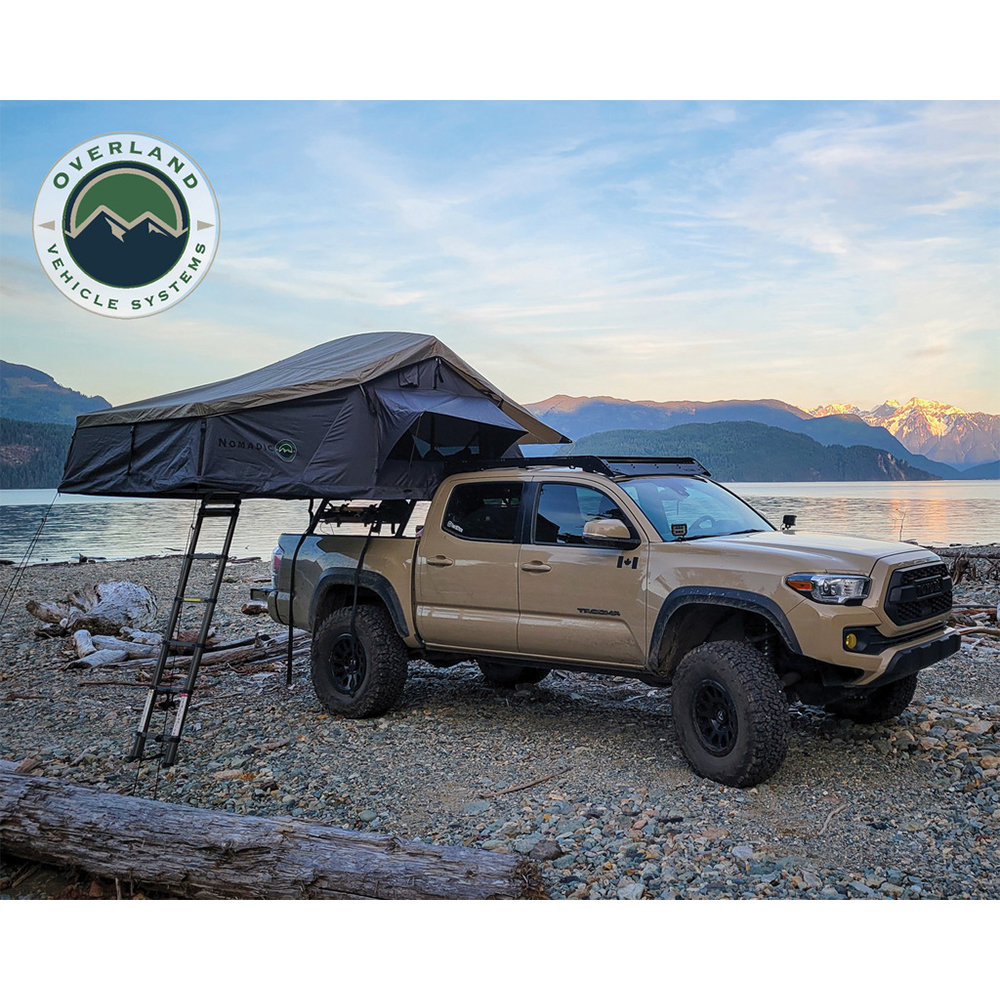




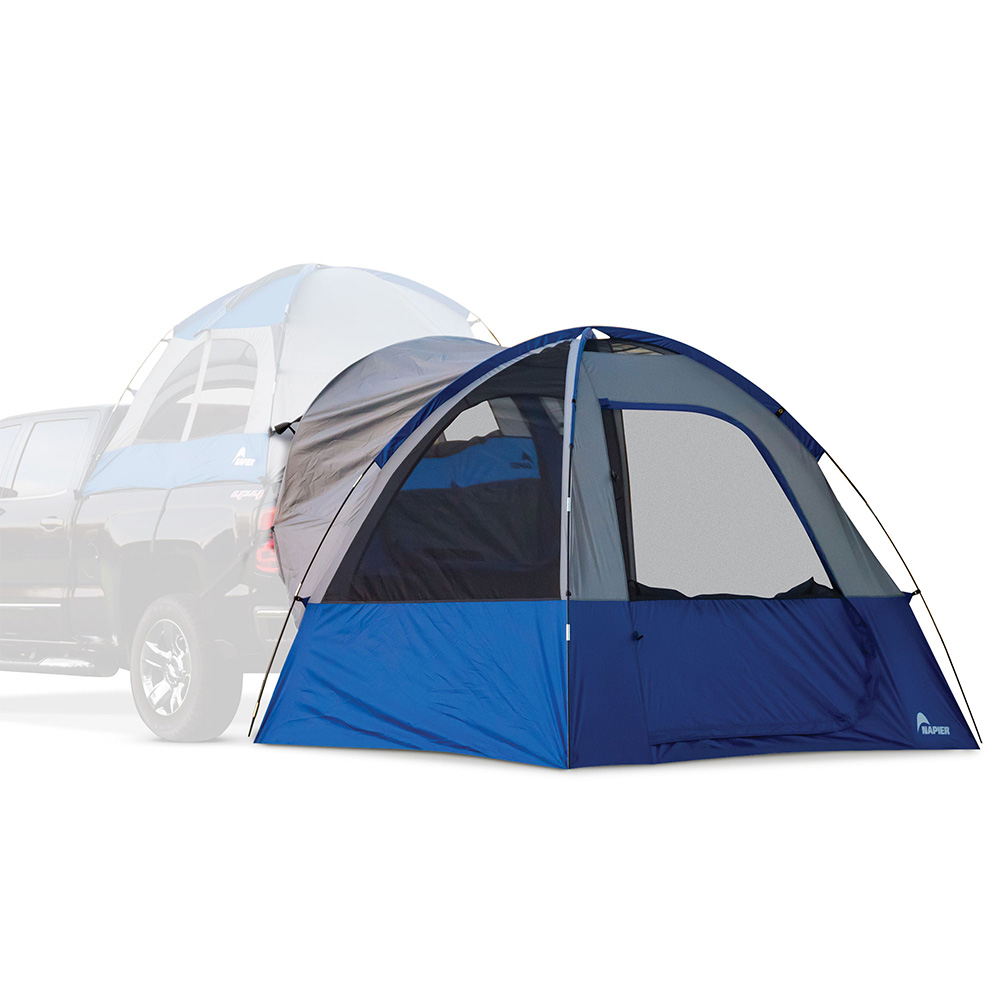
Navigating the Trails: Wisdom from the Path
Trail Etiquette
Understanding and practicing trail etiquette is essential for ensuring that everyone’s experience in Bryce Canyon is enjoyable and safe. The trails here, winding through delicate ecosystems and breathtaking landscapes, are shared spaces that require mutual respect and consideration.
One fundamental aspect of trail etiquette is knowing who has the right of way. On a narrow path leading to Inspiration Point, I encountered a group of hikers making their way uphill as I was descending. Remembering the unwritten rule of the trail – that uphill hikers have the right of way – I stepped aside. This simple act fosters a spirit of cooperation and respect among hikers, ensuring that everyone can navigate the trails safely and enjoyably.
Another key aspect of trail etiquette is minimizing our impact on the environment. Staying on designated trails is crucial in a place like Bryce Canyon, where the landscape can be fragile. I recall a time when I spotted a small group venturing off the path to get a closer photo of a hoodoo. While the temptation is understandable, straying from the trail can cause erosion and damage to the very sights we come to admire. It’s a poignant reminder that our responsibility as visitors is to protect and preserve the natural beauty around us for future generations to enjoy.
Lastly, being mindful of noise levels on the trails helps preserve the natural serenity of Bryce Canyon. There’s something profoundly peaceful about the sound of the wind whispering through the pines or the distant call of a raven. On one particularly serene morning hike, the tranquility was a reminder of how silence can enhance the natural beauty of our surroundings, allowing us and others to fully immerse in the experience.
Incorporating these principles of trail etiquette into our adventures ensures that Bryce Canyon remains a place of wonder and respect, where the majesty of nature takes center stage, and every visitor can find solace and awe in its vast landscapes.
Stay on the Path
In the sprawling vistas of Bryce Canyon, where every turn reveals another breathtaking view, it’s tempting to stray off the marked trails to explore. However, staying on the path is a principle I cannot emphasize enough, both for personal safety and the preservation of this delicate ecosystem.
During an early morning hike on the Navajo Loop, I witnessed the consequences of leaving the trail: a network of social trails, trampling the delicate cryptobiotic soil crust, crucial for preventing erosion and nurturing desert plant life. This moment reinforced to me the importance of trail adherence, not just for our safety but for the park’s longevity. The trails are designed to offer stunning views while minimizing our impact on the environment; straying from them can cause irreversible damage to the habitat.
Moreover, staying on designated trails can prevent potentially dangerous situations. The park’s terrain can be deceptive, with loose rocks and steep drop-offs not always visible from off-trail vantage points. I recall a fellow hiker recounting a harrowing experience after venturing off the path, resulting in a twisted ankle and a painstakingly slow and painful return to the trailhead. This story serves as a stark reminder of the risks associated with leaving the safety of the trail.
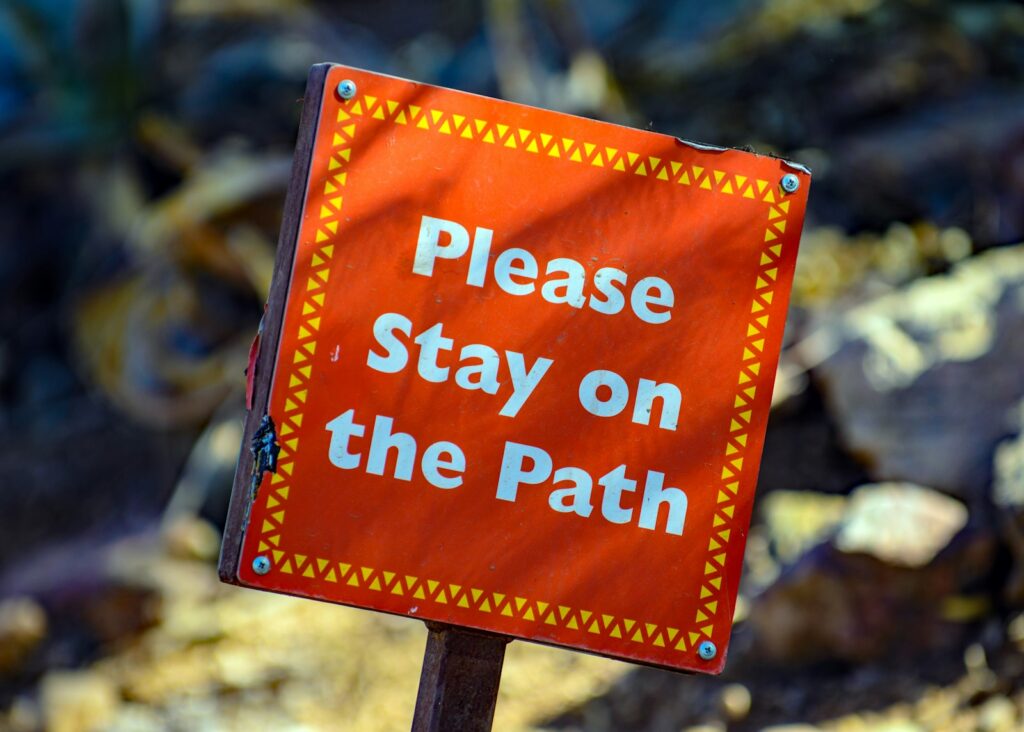
Lastly, by sticking to the trails, we show respect for other visitors’ experiences. The paths are thoughtfully laid out to minimize congestion and allow everyone to enjoy the park’s tranquility and natural beauty. When we choose to explore beyond the boundaries set by the park, we risk disrupting not only the environment but also the experience of others who have come to find peace and wonder in the natural world.
Staying on the path is a simple yet profound way to honor and protect Bryce Canyon’s beauty, ensuring it remains a source of awe and inspiration for generations to come.
Solo vs. Group Hikes
Choosing between a solo hike and a group adventure in Bryce Canyon can significantly impact your experience. Both options offer unique benefits and challenges, and over the years, I’ve found value and joy in each.
Solo hiking offers a profound sense of freedom and introspection. There’s something special about setting your own pace, choosing your path, and immersing yourself in the silence and vastness of the park. On a solo journey to Tower Bridge, with only the sound of my footsteps and the occasional bird call accompanying me, I felt a deep connection to the landscape. It was a meditative experience, offering a chance for personal reflection and a unique bond with nature.
However, hiking alone requires thorough preparation and an increased awareness of personal safety. Always let someone know your plans, carry a detailed map, and pack essentials like water, snacks, and a first-aid kit. My solo treks have taught me the importance of self-reliance and the satisfaction of navigating Bryce’s trails on my own terms.
On the other hand, group hikes bring a different kind of joy and security. Sharing the awe of Bryce’s hoodoos and amphitheaters with friends or family can deepen relationships and create lasting memories. I remember a group hike along the Fairyland Loop where shared laughter and collective wonder at the stunning vistas made the experience richer and more enjoyable.
Group hikes also offer practical benefits, such as shared resources and the comfort of knowing help is at hand in case of an emergency. However, it’s essential to consider group dynamics and ensure everyone’s abilities and interests are aligned. Effective communication and flexibility are key to ensuring that everyone enjoys the experience.
Whether you choose the solitude of a solo hike or the camaraderie of a group outing, Bryce Canyon’s trails offer rewarding experiences. Each hike, whether in quiet solitude or with joyful companions, reveals new layers of beauty in this extraordinary landscape.









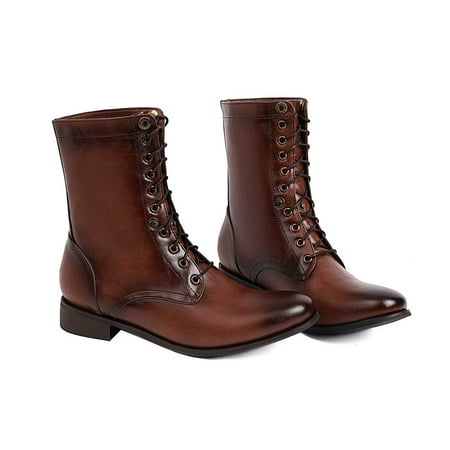


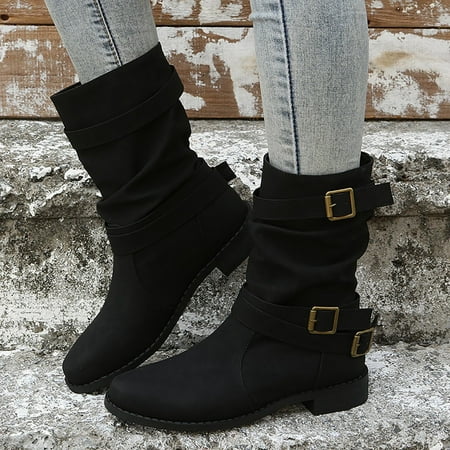




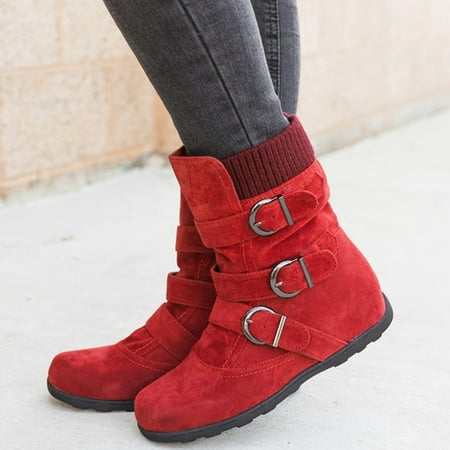


Weathering the Weather: Sun, Snow, and Storms
Sun Safety
The high altitude of Bryce Canyon significantly intensifies the effects of the sun, making sun safety a paramount concern for all visitors. The thinner atmosphere at higher elevations means there’s less protection from harmful UV rays, increasing the risk of sunburn and related ailments, even on seemingly cloudy days.
On one particularly long day hike along the Navajo Loop and Queen’s Garden Trail, I was reminded of the sun’s strength at these altitudes. Despite a liberal application of sunscreen in the morning, by midday, it was evident that reapplication was necessary. This experience taught me the importance of not only applying sunscreen but also wearing protective clothing, such as a wide-brimmed hat and long sleeves, even when the temperatures feel cooler.
Furthermore, the sun’s intensity can lead to dehydration much quicker than expected. During a summer hike, I found myself consuming twice the amount of water I had initially anticipated. This underscored the importance of carrying ample water and understanding the signs of dehydration. Staying hydrated and protecting oneself from the sun’s rays are critical components of safely enjoying Bryce Canyon’s breathtaking landscapes.
Cold Comforts
Bryce Canyon’s elevation means that even in summer, mornings can be surprisingly chilly, and winters are outright cold, often with snow. Dressing in layers is not just a recommendation; it’s a necessity. The ability to add or remove layers allows for flexible temperature regulation as you move and as conditions change throughout the day.
During one winter visit, I embarked on a sunrise hike to capture the hoodoos dusted with snow. Bundled in thermal layers, a fleece, and a windproof shell, I was snug against the biting cold. As the sun peeked over the horizon, it illuminated the frost-laden landscape in a soft, golden light. The experience was magical, made possible by being adequately prepared for the cold. It highlighted the serene beauty of Bryce Canyon in winter, a stark contrast to the bustling trails of warmer months.
Moreover, cold weather gear extends beyond clothing. Having a thermos with a warm drink can be a wonderful morale booster during breaks. I always pack some hot tea or coffee on colder days, which has turned many a frigid morning into a cherished memory. Cold conditions in Bryce Canyon should not be seen as a deterrent but as an opportunity to experience the park’s quiet, majestic beauty in solitude. With the right preparation, these cold comforts become the backdrop for some of the most memorable adventures in the park.
Storm Strategies
Navigating weather in Bryce Canyon, especially during the monsoon season, requires vigilance and preparation. The park’s high elevation and exposed landscapes can quickly turn a small storm into a significant threat, with lightning posing a particular risk. Understanding how to react when a storm rolls in is crucial for every visitor’s safety.
I recall an afternoon hike on the Rim Trail when dark clouds began to gather unexpectedly. Within minutes, the calm day transformed as lightning cracked across the sky, followed by the deep rumble of thunder. It was a stark reminder of nature’s power. Seeking shelter in a low area away from tall structures, we waited out the storm, using the time to reflect on the importance of respecting the weather’s unpredictability.
The experience taught me always to keep an eye on the sky and have a plan for when weather conditions deteriorate. Checking weather forecasts is a must, but so is preparing for the unexpected. Carrying emergency shelter, such as a small, lightweight tarp or bivy sack, can provide temporary refuge from the elements. Remember, safety in Bryce Canyon doesn’t just mean avoiding getting lost or injured; it also means being smart about the weather and knowing how to respond when nature shows its might.
Wildlife and Flora: Respectful Coexistence
Fauna Encounters
Fauna Encounters in Bryce can range from delightful to dangerous. While it’s tempting to approach wildlife for that perfect photo, remember these are wild animals. A peaceful encounter with a mule deer at dusk reminded me of the beauty of observing from a distance. It’s these moments of quiet respect that truly define the wilderness experience.
Bryce Canyon isn’t just a geological wonder; it’s also a vibrant ecosystem teeming with wildlife. From the tiniest ground squirrels to the majestic mule deer, each creature plays a crucial role in the park’s ecological tapestry. As visitors, it’s our responsibility to ensure our presence doesn’t disrupt their natural behaviors or habitats.
One crisp morning, while meandering along the Peek-A-Boo Loop, I was fortunate enough to witness a rare sight: a bobcat stealthily crossing the path ahead. The moment was fleeting, yet profoundly impactful, reminding me of the wildness that thrives just beyond the trails. It’s encounters like these that underscore the importance of observing wildlife from a distance, preserving the magic of Bryce’s untamed nature for all.
However, not all wildlife encounters are quite so serene. Take, for example, the park’s curious ravens, known for their intelligence and mischievousness. On more than one occasion, I’ve seen these clever birds raid unattended backpacks in search of snacks. It’s a humorous reminder of why it’s essential to secure your belongings and never feed the animals, no matter how persuasive they might be. By respecting the park’s fauna, we protect both the wildlife and the unique experiences they offer to Bryce Canyon’s visitors.
Flora Fascination
Flora Fascination in Bryce is not just about the hoodoos. The park is home to a diverse range of plant life. Admire the wildflowers and ancient bristlecone pines, but please don’t pick or trample them. Each plant plays a role in the ecosystem, and we’re merely visitors in their home. I’ve spent countless hours photographing the delicate beauty of Bryce’s flora, a testament to the park’s often overlooked botanical wonders.
Bryce Canyon’s flora, ranging from delicate wildflowers to ancient bristlecone pines, offers a kaleidoscope of colors and shapes that change with the seasons. The park’s high altitude and unique climate create diverse habitats, each supporting different plant communities. As we explore these landscapes, it’s crucial to tread lightly, ensuring our explorations don’t disturb the delicate botanical life.
One of my most memorable moments was coming across a meadow blanketed with wildflowers in the spring. The air was alive with the buzz of pollinators, and the ground was a carpet of color. It was a vivid illustration of the park’s intricate ecosystem at work. This experience taught me the importance of staying on designated trails to protect these fragile habitats. Every step off the path can damage plants that might take years to recover.
In the more arid sections of the park, you’ll find the resilient Utah juniper and pinyon pine, species adapted to thrive in Bryce’s dry climate. Observing these trees, twisted and gnarled by the elements, one can’t help but admire their tenacity. It’s a powerful reminder of the harsh conditions that shape this environment and the importance of conservation efforts to protect it. As we admire Bryce’s botanical beauty, let’s commit to preserving it for future generations to experience and enjoy.
Health and Hydration: The Elixir of Life
Hydration
Proper hydration is crucial for any outdoor activity, but it’s especially vital in Bryce Canyon due to its high elevation and arid climate. The dry air and exertion from hiking can lead to dehydration much faster than many visitors anticipate. I’ve learned through experience that carrying sufficient water isn’t just a recommendation—it’s an absolute necessity for a safe and enjoyable visit.
On a particularly strenuous hike through the Peek-A-Boo Loop, I was reminded of how quickly dehydration can set in. The combination of the dry air, the physical exertion of the climb, and the sun’s intensity meant my water supply diminished rapidly. This experience taught me to always pack more water than I think I’ll need, typically about one gallon per person per day, adjusting for the hike’s length, difficulty, and weather conditions.
Moreover, water alone might not be enough to replace lost electrolytes if you’re sweating profusely or on a longer hike. I’ve found that bringing along electrolyte powders or tablets to add to my water can make a significant difference in maintaining my energy levels and preventing muscle cramps. These supplements are lightweight, easy to carry, and can be a game-changer in preventing the adverse effects of electrolyte imbalance, such as fatigue and confusion.
I also recommend planning your hikes during cooler parts of the day, like early morning or late afternoon, to minimize water loss through sweating. And don’t wait until you’re thirsty to drink; by then, you might already be dehydrated. Sip water regularly throughout your hike, and pay attention to signs of dehydration, including thirst, dry mouth, fatigue, and decreased urine output.
Staying well-hydrated is key to fully enjoying the wonders of Bryce Canyon. It ensures your body functions optimally, allowing you to absorb the beauty around you without the distraction of thirst or the dangers of dehydration.










Altitude Awareness
Bryce Canyon’s high elevation, which ranges from 8,000 to over 9,000 feet, offers stunning vistas but also presents a challenge to visitors unaccustomed to such heights. Altitude can significantly impact your body, and being aware of its effects is crucial for a safe and enjoyable experience in the park.
One of my first hikes in Bryce Canyon took me to the higher elevations near Rainbow Point. Despite being in good physical shape, I quickly realized that the thinner air at high altitudes could make breathing more difficult and physical exertion more taxing. This experience taught me the importance of acclimatizing to the elevation, especially for those coming from lower altitudes. It’s wise to spend a day or two engaging in light activity around the park to allow your body to adjust before attempting more strenuous hikes.
Moreover, altitude sickness is a real concern that can affect anyone, regardless of fitness level. Symptoms include headache, nausea, dizziness, and fatigue. On a group hike, a friend started showing mild symptoms, reminding us all to take altitude seriously. We slowed our pace, took frequent breaks, and ultimately decided to descend to a lower elevation, which quickly alleviated the symptoms. This underscored the importance of listening to your body and being prepared to change plans if necessary.
To mitigate the effects of altitude, stay well-hydrated, as dehydration can exacerbate altitude sickness. Also, consider packing snacks high in carbohydrates for energy, and avoid alcohol and caffeine, which can increase dehydration. Remember, everyone’s body reacts differently to altitude, and there’s no shame in taking it easy or turning back if you’re feeling the effects. Your safety and well-being are paramount, allowing you to return and enjoy Bryce Canyon another day.
In Case of Emergency: Be Prepared
Emergency Protocols
Being prepared for emergencies is a crucial aspect of planning any outdoor adventure, especially in remote and rugged environments like Bryce Canyon. Despite the park’s beauty, it’s essential to remember that nature can be unpredictable, and situations can arise that require immediate and informed action.
One of the first steps in emergency preparedness is ensuring you have a reliable means of communication. Cell service in Bryce Canyon can be spotty or non-existent in some areas, so consider carrying a satellite phone or a personal locator beacon (PLB) on more remote trails. On a solo hike through the backcountry, I carried a PLB, which provided a sense of security knowing that I could call for help if needed. This small device can be a lifeline, allowing rescue services to locate you quickly in case of an emergency.
It’s also vital to know the basic procedures for common emergencies. For example, if someone in your group is injured, assess the situation carefully before moving them, and apply basic first aid as needed. I recall witnessing a fellow hiker sprain an ankle on the rough terrain of the Under-the-Rim Trail. We used a spare T-shirt as a makeshift bandage to stabilize the injury until we could safely assist them back to the trailhead. This incident highlighted the importance of basic first aid knowledge and improvisation skills in managing injuries on the trail.
Lastly, always inform someone of your hiking plans, including the trails you intend to explore and your expected return time. During a multi-day trek, I made it a point to leave a detailed itinerary with a park ranger. This simple act ensures that someone is aware of your whereabouts and can initiate a search if you do not return as planned.
Emergencies in Bryce Canyon can range from minor injuries to severe weather encounters and getting lost. Being prepared with the right gear, knowledge, and communication plan can significantly mitigate the risks and ensure a prompt response, keeping you and your fellow hikers safe.
First-Aid Fundamentals
First-Aid Fundamentals are a must for any outdoor adventure. A simple first-aid kit can address many minor injuries on the trail. A small mishap with a cactus taught me the value of having tweezers and antiseptic wipes on hand – a lesson I share with all my fellow hikers. It’s these small preparations that can make a significant difference in the field.
Conclusion: Safety First, Adventure Always
Bryce Canyon is a place of immense beauty and endless adventure, but it demands our respect. By prioritizing safety, we ensure not only our well-being but also the preservation of this natural wonder for everyone to enjoy. I invite you to share your Bryce experiences and tips below. Let’s keep the spirit of adventure alive while safeguarding the beauty of Bryce Canyon. Safe travels, friends!










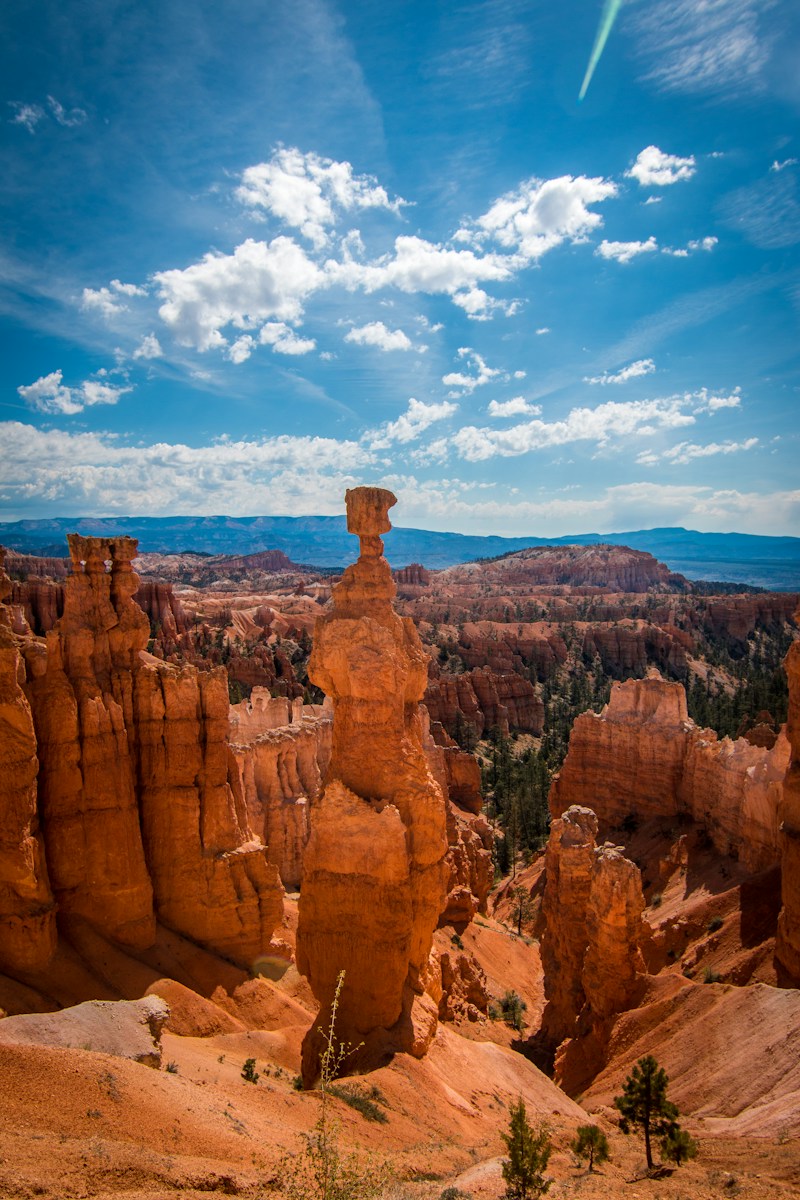
Leave a Reply